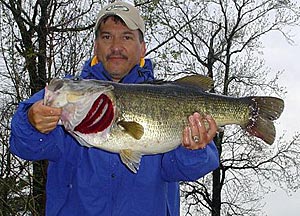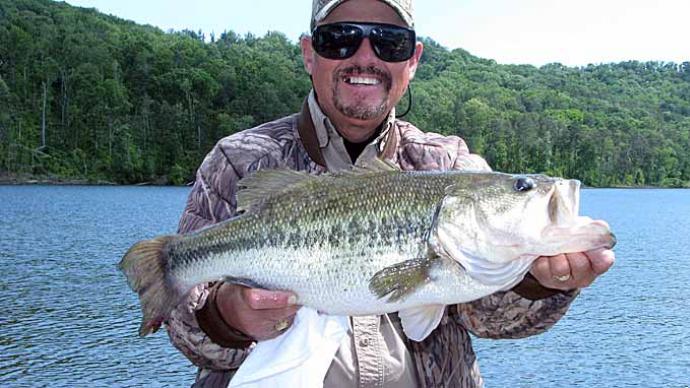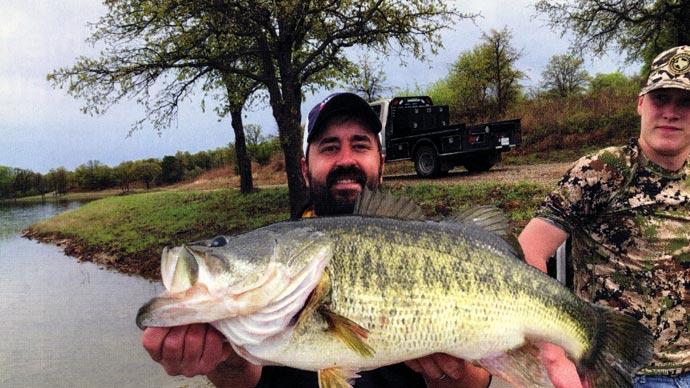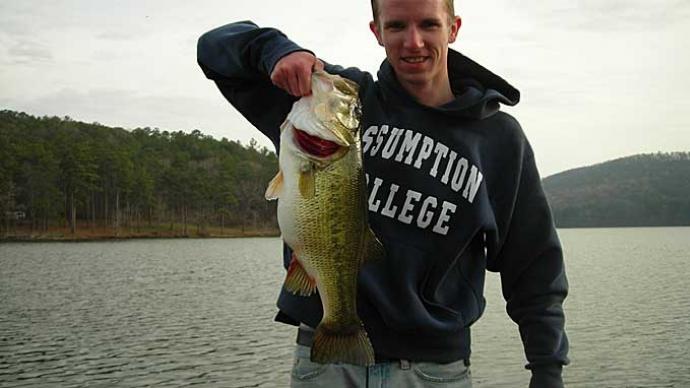
Everyone wants to catch big bass, but fishing specifically for them requires dedication and careful planning.
Of course, a lot depends on your definition of a big bass. In some parts of the country, anything more than 4 pounds is big. While I share that same thought, I’m talking about catching really big bass – like more than 10 pounds.
To have a fair shot at 10-pounders, you have to fish where they live and where the annual growing season lasts long enough to get them to the magical number. That includes Florida, Texas and California, where the faster-growing Florida-strain largemouth bass live.
Although I prefer to use artificial lures for bass, shiners are tough to beat in Florida. I’ve fished tournaments there where the anglers around me were catching 8- to 12-pound fish on shiners while I was catching 1- to 2-pounders on lures.
California, especially in the San Diego area, produces a reasonable amount of lunkers on “swimbaits.” These large chunks of plastic weigh about a pound and are cranked slowly around the spawning areas.
My biggest tournament fish was 10 pounds, 12 ounces and was caught on a big willow-leaf spinnerbait at Florida’s St. John’s River. However, the biggest fish I ever caught on an artificial lure – but never weighed – came from the Bienville Plantation in Florida on a Hank’s Lizard. I was filming a television show and had flipped that lizard into a small pocket of grass in shallow water on the edge of a deep drop-off. I’m sure the fish weighed more than 12 pounds.
Timing is everything when it comes to catching big bass that are moving up to spawn. Stable weather that is warming the water temperature into the low 60s can trigger that movement, but you still have to be there when the fish are first moving up. Once word gets out and other anglers start fishing those places, the bass become wary and its gets harder to make them bite.
When fishing for big bass, you have to accept the fact that you may only get a couple of bites and must stick with the plan throughout the day. I’m convinced big baits catch big bass, yet the temptation to throw a small crankbait or other small-fish lure is always going to be on your mind.
When I’m targeting big bass exclusively, I rely on a jig-and-pork combination, especially during early spring when the water is cool. I base that on the fact that the majority of my biggest bass have come on a jig. It’s a bait those early migrating fish can’t resist. As the water warms, a big spinnerbait rolled around logs and stumps or a large soft-plastic lure flipped around cover can catch them, too.
It pays to fish heavy cover in shallow water nearest deep water. If it’s grass, then you may need to increase the weight of your bait to penetrate the cover and control the rate of fall with the rod tip. The rate of fall is important, as you don’t want a bait moving too fast in cold water.
When hunting big bass, make sure you’re equipped to handle anything that bites. That means the lure should have a big-bite hook capable of handling monster bass, and the rod and line must be stout enough to play them. If you’re fishing for giant bass with a willowy rod and 8-pound line, you’ll probably get your line – and your heart – broken. That sort of defeats the purpose, doesn’t it?
You can find more articles, quick tips and much more at HankParker.com.




